In the land of olive and vine: Why spring and autumn in Tuscany beats summer everytime
From hiking to cooking classes, a family-run stronghold in the heart of Tuscany offers the perfect low-season retreat, says Agnes Stamp.
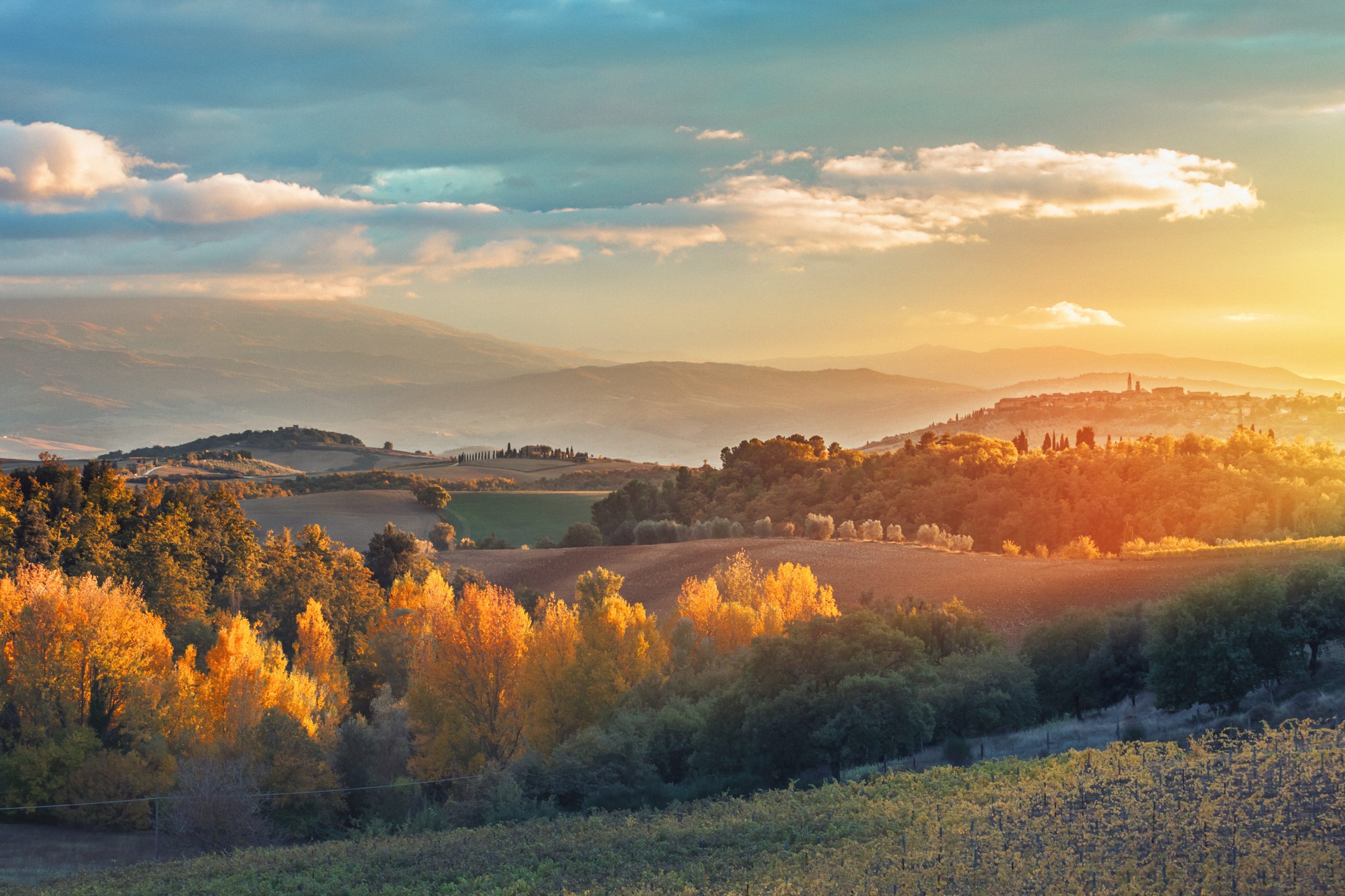

If Italy is the Garden of Europe, then Tuscany is undoubtedly the garden of Italy. Bounded by the ranges of the Apennines on one side and the sea on the other, this bountiful province is famed for its abundance of beautiful cities, medieval and Renaissance buildings, exquisite formal gardens, and its unrivalled collections of masterpieces by the Italian greats: Botticelli, Donatello, Michelangelo, Fran Angelico, Lippi and Masaccio.
The British have a tendency to flock to the Continent during the summer months, which seems perverse, when, thanks to global warming, their own country offers similar climes to that of the Mediterranean at high season. Italy has much to offer in early spring and autumn, when days, albeit shorter, can offer balmy conditions and abiding sunshine as well as the opportunity to explore the local municipalities without battling the maddening crowds in the blazing heat. Solitude-seeking travellers can rejoice.
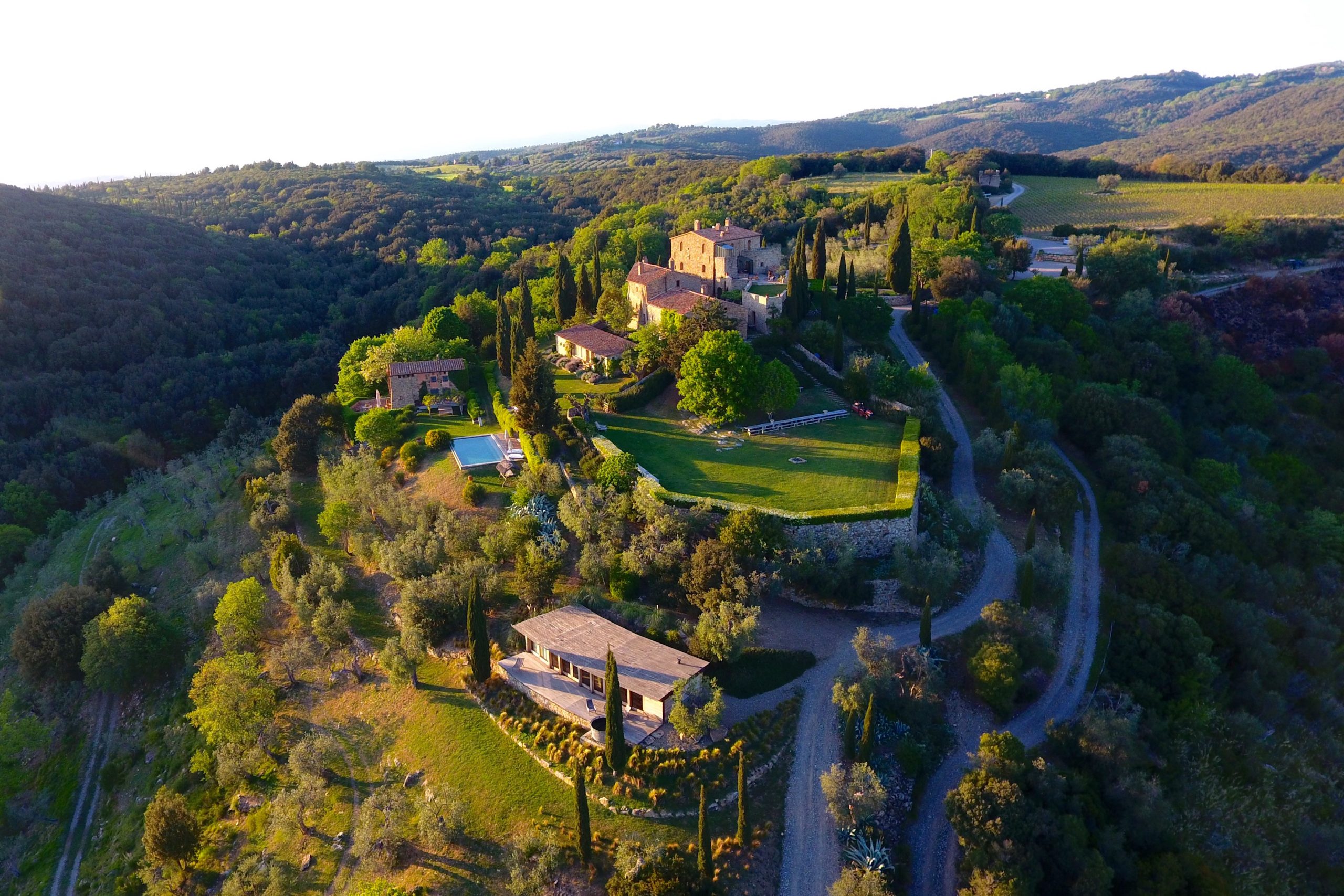
Rising majestically above the valleys and low-slung hills of the chic and discreet Maremma region sits Castello di Vicarello, a medieval stronghold dating from 1112, originally built by the House of Aldobrandeschi, looking out to the Tyrrhenian Sea.
This Tuscan heartland offers much to delight those prepared to deviate from the more familiar paths of the Grand Tour, with flourishing Etruscan and Roman civilisations once residing here: a perfect rural microcosm of woodlands, fertile plains and natural thermal springs.
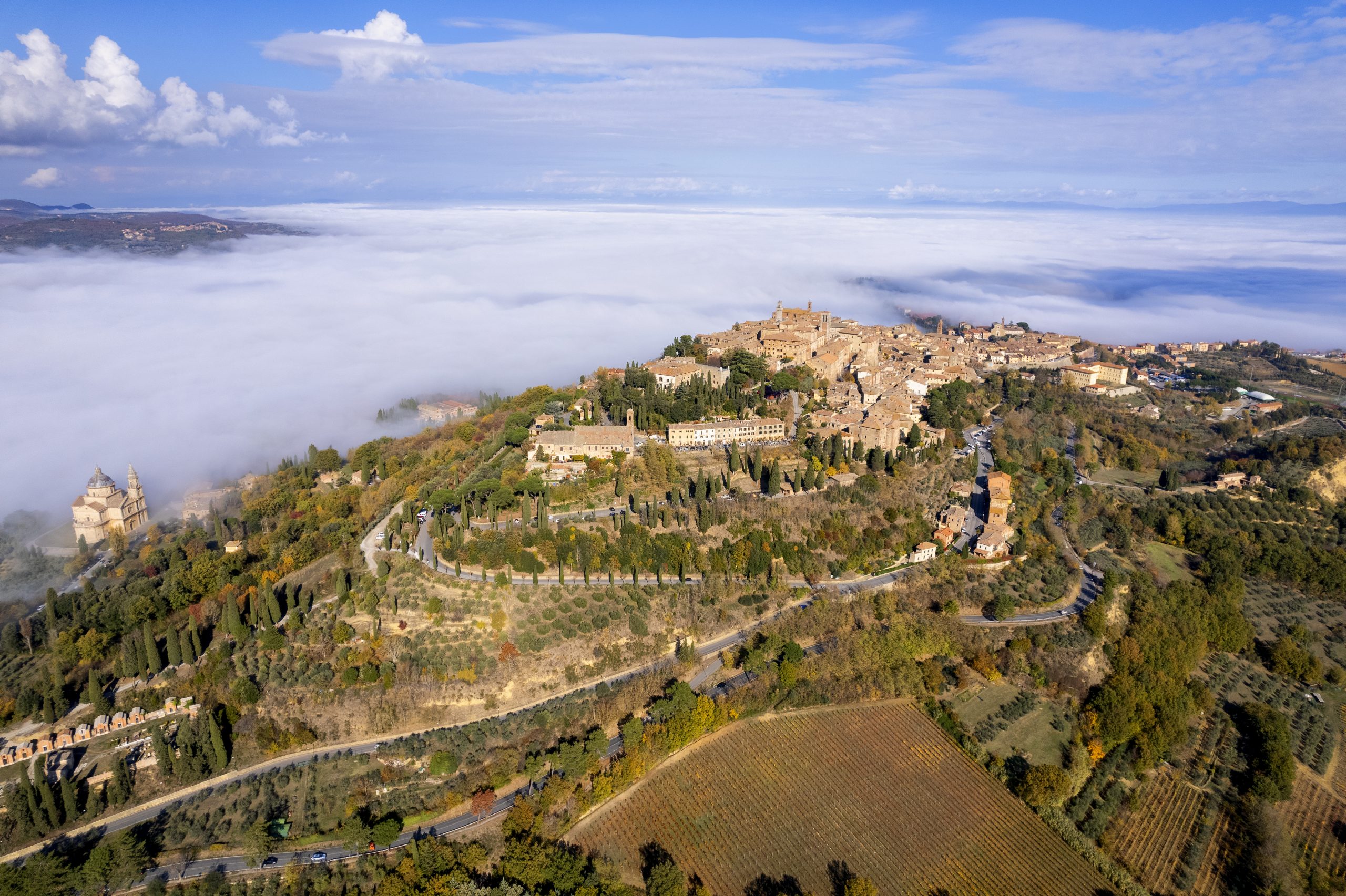
The beauty of this region is also undiminished by winter’s breath and the low-season also allows for the quiet exploration of the local hilltop towns: Montalcino, Montepulciano (above), Castiglione della Pescaia and of course, the wonderfully romantic Gothic city of Siena.
As the centuries passed, Castello di Vicarello descended from its zenith and by the 1970s it was a dilapidated ruin. In 1979, Carlo and Aurora Baccheschi Berti bought the castle and, over the next 25 years, began the laborious process of restoring it to its former glory. Sensitively updated to retain as much of the original masonry as possible, the castle’s medieval stonework is today complemented by glass and ironwork, forged by the local blacksmith.
In true Tuscan style, the surrounding landscape and gardens also developed into a natural extension of the castle itself — guided by the great designer Giuppi Pietromarchi — 40 hectares of enchanting gardens, organic vineyards, olive groves and farmland.
Exquisite houses, the beauty of Nature, and how to get the most from your life, straight to your inbox.
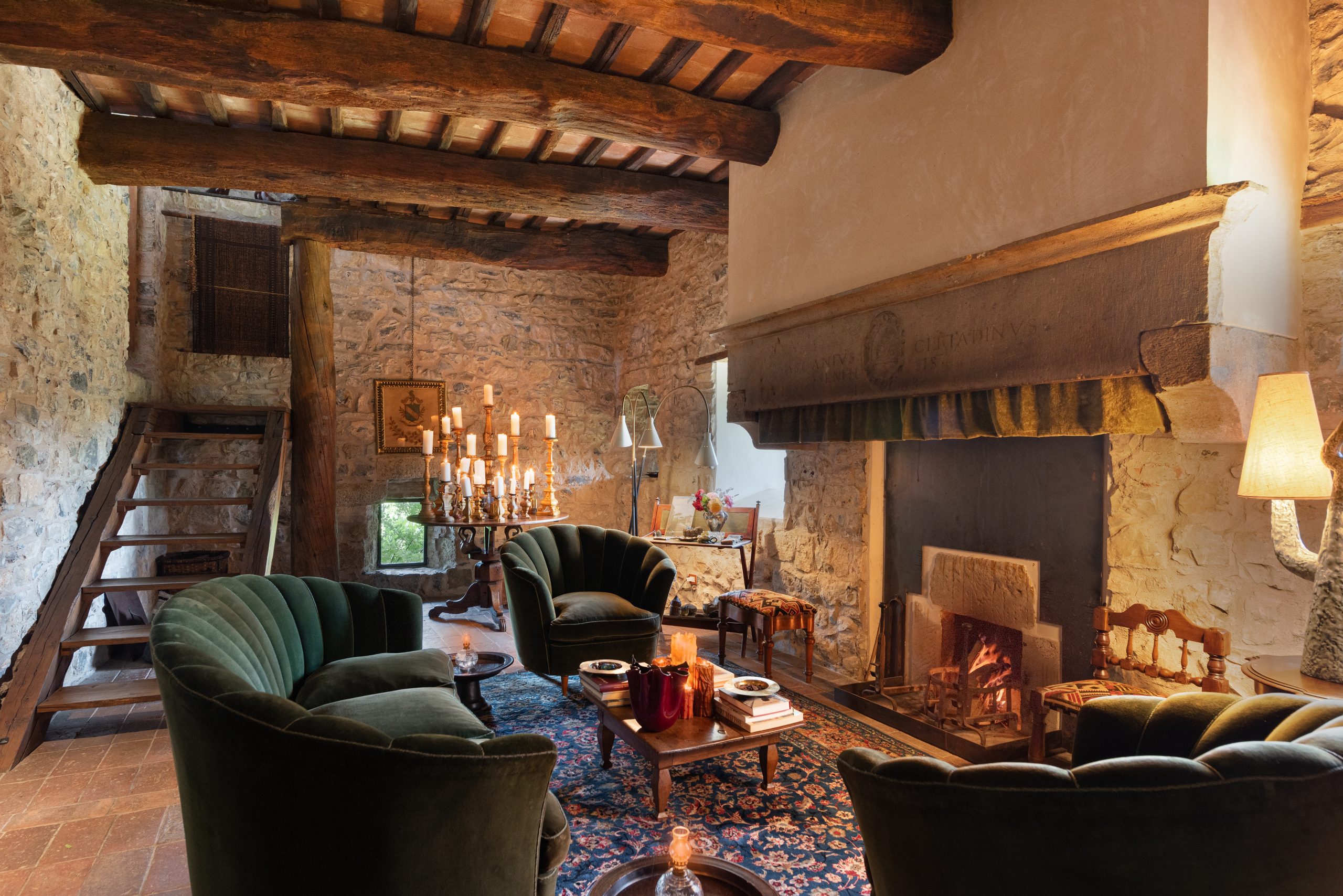
Now under the supervision of the next generation — the omne trium perfectum of brothers Neri, Brando and Corso — family-run Castello di Vicarello offers a private piece of paradise within a boutique hotel milieu. Nine elegantly-styled suites curate antique furniture and marble bathrooms alongside the family’s extensive art collection, punctuated with furnishings from Mrs Baccheschi Berti’s experiences in Bali and Malaysia, as well as pieces by international and local artists such as Livio Marzot.
Well-thumbed copies of vintage Elle Deco and Art Forum dress coffee tables, alongside door-stop reference books on cultural heavyweights including Helmut Newton and Corbusier: a luxurious sanctuary for any traveller with an interest in exceptional artistic execution, whether it be from the Renaissance or the present day.
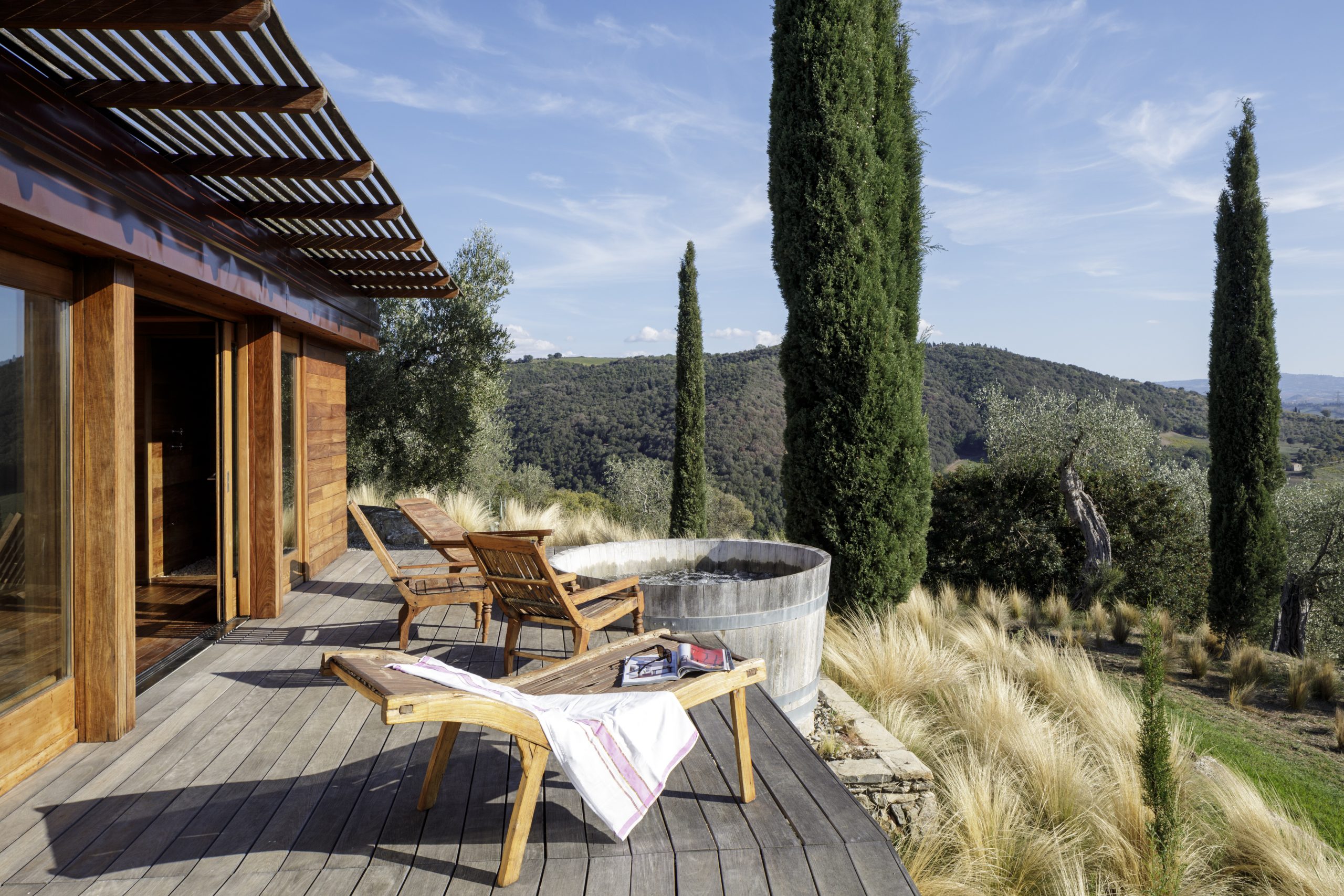
The Spa Suite, popular with honeymooners and the most modern offering on the estate, looks out from its 753sqft terrace to the Mediterranean coastline, and enjoys an alfresco jacuzzi converted from a 250hl oak wine barrel. For those that prefer panoramic views and a roaring winter fire inside the castle walls, Suite Torre is a splendid choice.

Early autumn is also an ideal time to explore Tuscany’s wine regions, with September and October inked into the oenologist’s diary for the vendemmia. The Castello di Vicarello estate produces four regal red wines (with a white in the pipeline) produced from organic grapes grown and harvested from their vineyards, and offers wine tasting experiences to guests, greedily accompanied by delicious cold cuts and local cheeses.
The milder climes of the low-season also invite walkers to explore the vineyards and surrounding landscape. If you’re lucky, paw patrol — the castle’s canine matriarch Uva (Italian for grape), descended from a Maremma sheepdog — might join you on ambulations, gently herding you around the carpets of golden chanterelle mushrooms thriving in the estate's shadier spots.
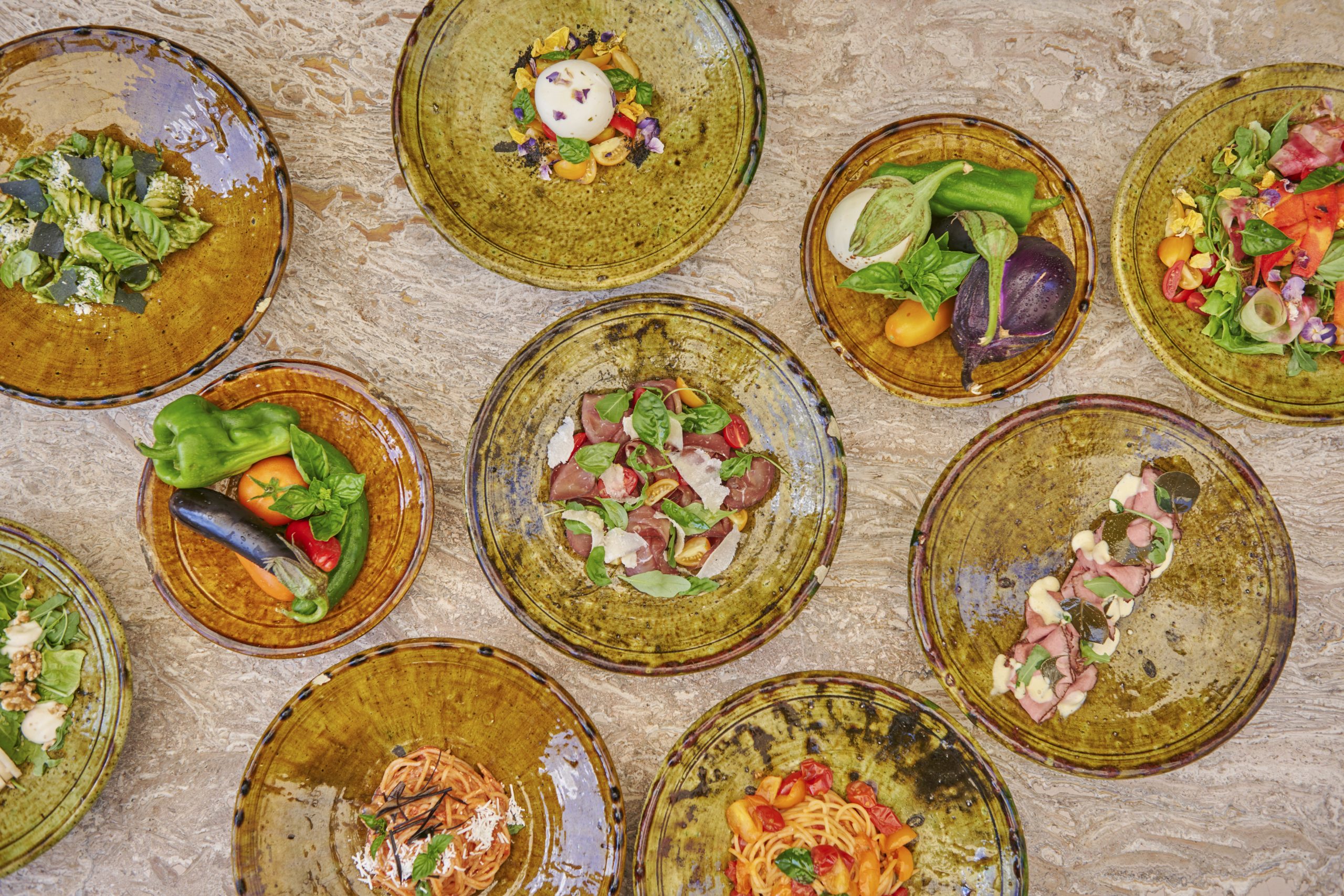
As one would expect from any elite Italian residence, food is a divine experience (Mrs Baccheschi Berti is also the author of the definitive guide to Tuscan cooking, My Tuscan Kitchen: Seasonal Recipes from the Castello di Vicarello, published by Rizzoli). The estate’s kitchen garden supplies the table, cultivating over 50 varieties of vegetables and 30 aromatic herbs.
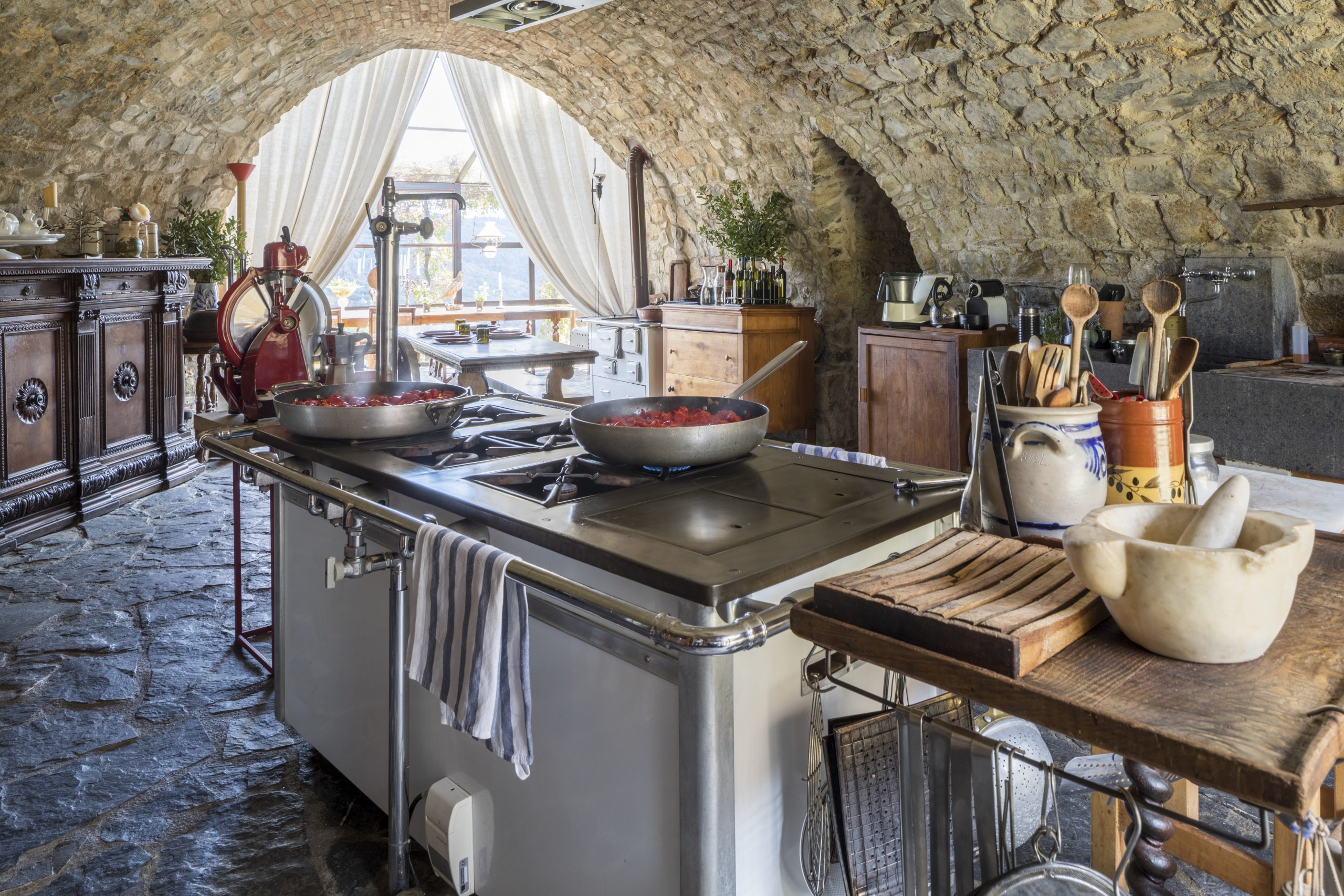
The olive groves produce oil so aromatic and robust it could be served as a stand-alone aperitif and fresh eggs are provided by the estate’s happy hens. An enlightening cooking lesson helmed by Head Chef, Massimiliano Volonterio revealed that Italian cooking really is all about simplicity, quality ingredients and seasonal flavours, assuming it is of course, executed with a glass of wine in hand and plenty of passione.
Rooms during the low season from €690. The hotel is open March 20 – November 24. Visit www.castellodivicarello.com for more information and to book
Agnes has worked for Country Life in various guises — across print, digital and specialist editorial projects — before finally finding her spiritual home on the Features Desk. A graduate of Central St. Martins College of Art & Design she has worked on luxury titles including GQ and Wallpaper* and has written for Condé Nast Contract Publishing, Horse & Hound, Esquire and The Independent on Sunday. She is currently writing a book about dogs, due to be published by Rizzoli New York in September 2025.
-
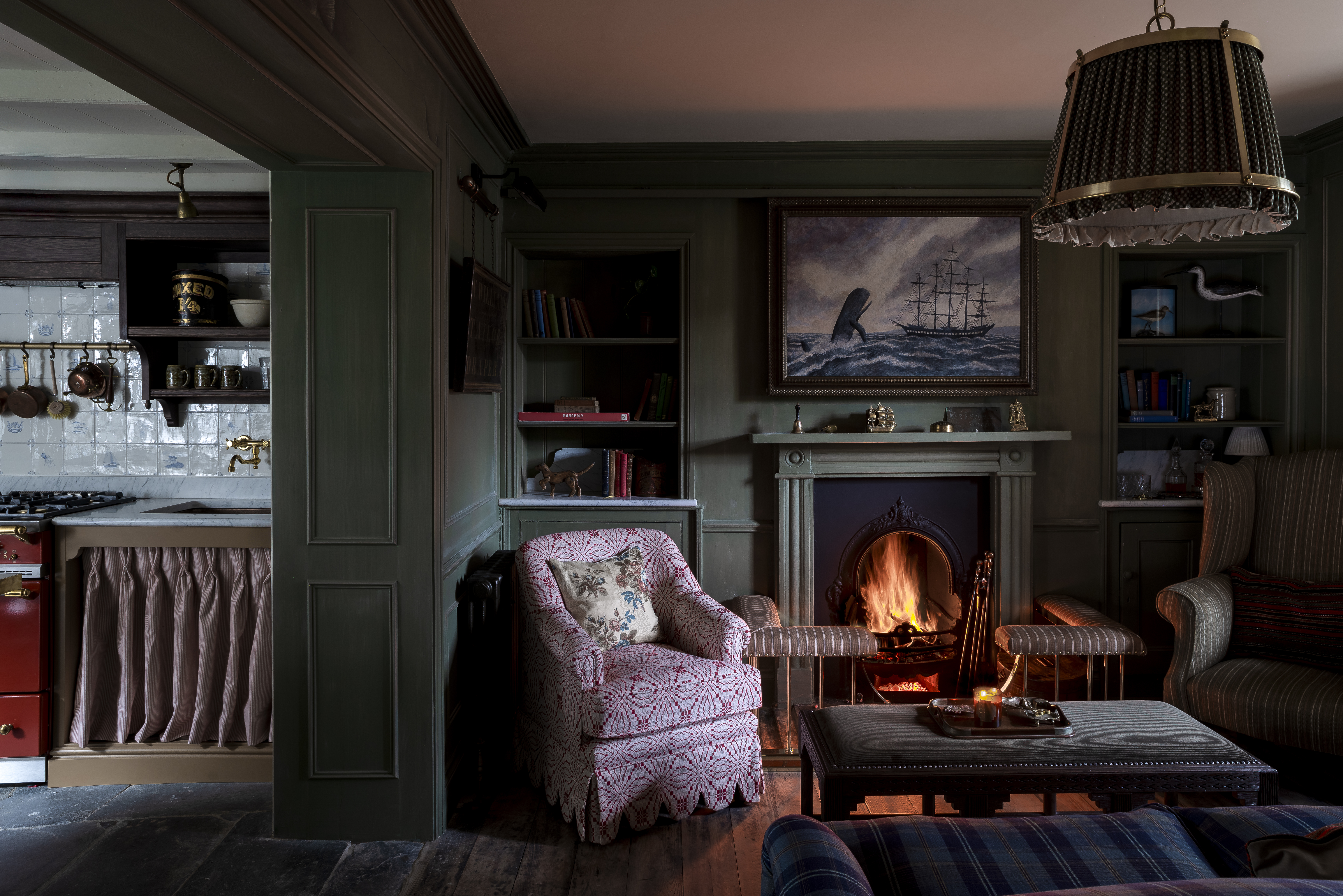 'Comfortable, cosseting and far from the madding crowd': The recently refurbished Cornish cottage that proves Victorian decor is making a comeback
'Comfortable, cosseting and far from the madding crowd': The recently refurbished Cornish cottage that proves Victorian decor is making a comebackPlum Cottage in Padstow, Cornwall, has been brought to life by Jess Alken and her husband, Ash — and is the latest addition to their holiday cottages on the north Cornish coast.
-
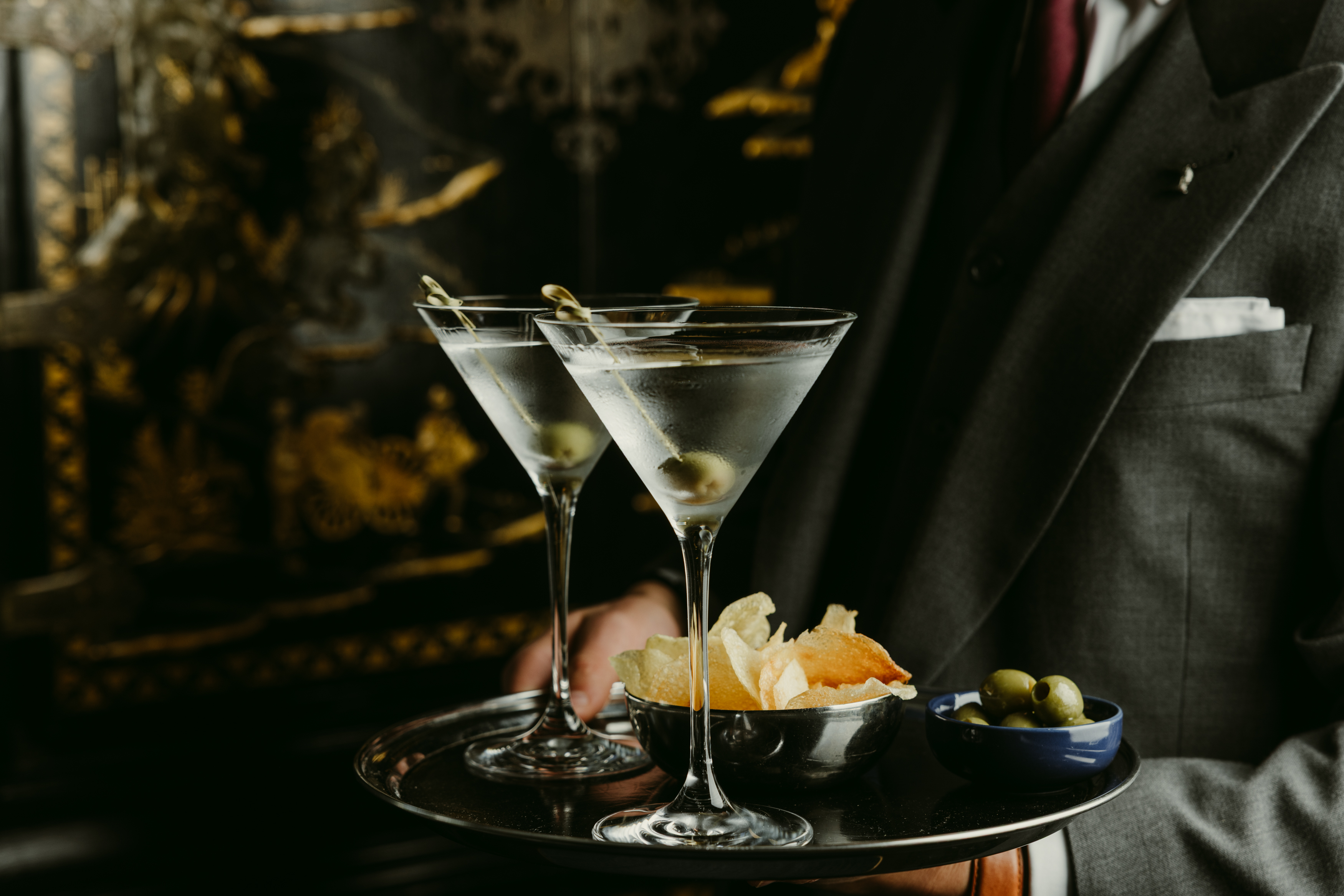 How to make The Connaught Bar's legendary martini — and a few others
How to make The Connaught Bar's legendary martini — and a few othersIt's the weekend which means it's time to kick back and make yourself an ice cold martini — courtesy of The Connaught Bar.
